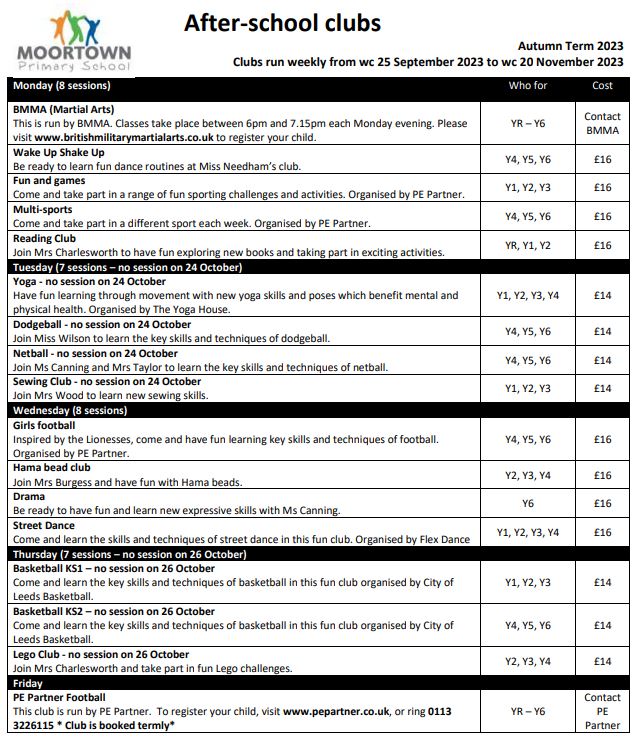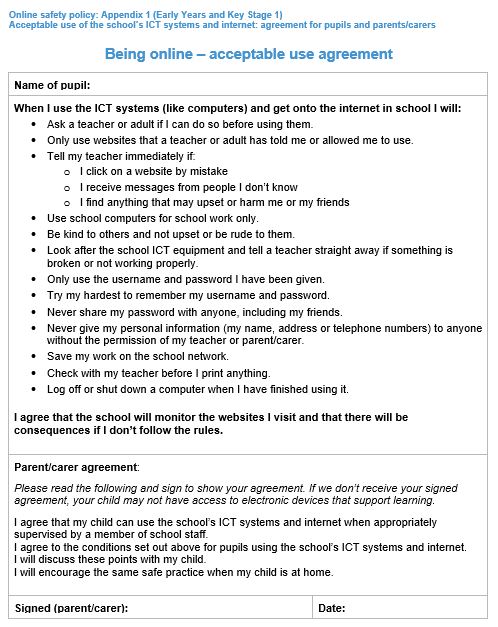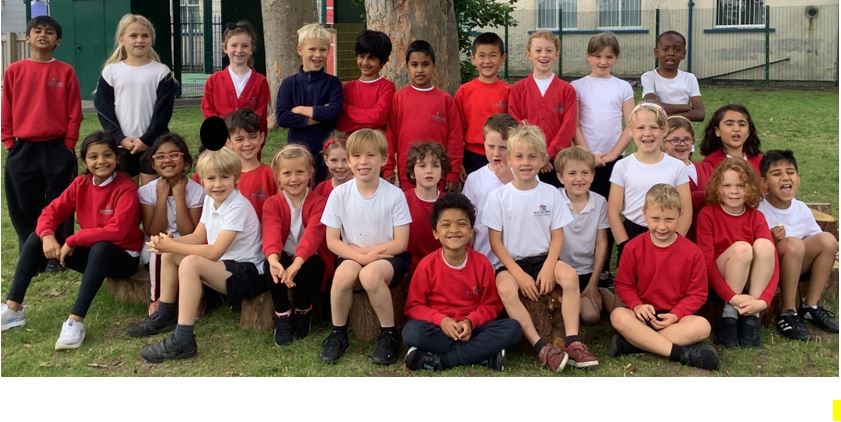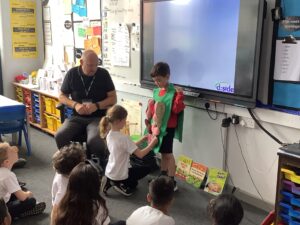The children have settled really well in their first couple of days in Year 2 with lots of new routines to learn and an earlier start time of 8:45am.
We look forward to meeting you over the next few weeks but for now, here is some key information about Year 2.
Mrs Taylor – Monday and Tuesday
Mrs Lake – Wednesday, Thursday and Friday
Mrs Maqbool also assists in the class.
Important days and dates
PE – Tuesday and Thursday
Spelling test – Friday
Library – Friday
Class assembly – Wednesday 18th October at 2:40pm
Water bottles
These should be brought to school daily and they will be brought home every day for refreshing and cleaning.
Milk
Please contact the office if your child would like to have milk in Year 2.
Homework/Spellings
Whole school homework is set every Friday (along with new spellings). Homework and spellings can also be accessed from the website.
Reading
Your child will be bringing home a letter explaining about their reading. Daily reading, whether this is their e-book, a book from home or the library, is key to making progress in reading and to develop fluency.
Numbots
We continue to use Numbots in Year 2 (using the same login as Year 1) and certificates will be awarded every Tuesday for children who complete the different stages and make the most improvement over the week.
For spelling practice, reading and Numbots, little and often (10/15 minutes a day) is recommended.
Uniform
Please do check the uniform policy to ensure your child is wearing the correct items including for PE days. Earrings must be removed on PE days.
Acceptable Use agreement
The children have brought home the acceptable use agreement for their use of the internet at school. We have talked through this together but please read it with your child and sign and return to class.
Finally, please do ask if there are any queries and keep checking back on class news to find out more about your child’s learning!





































